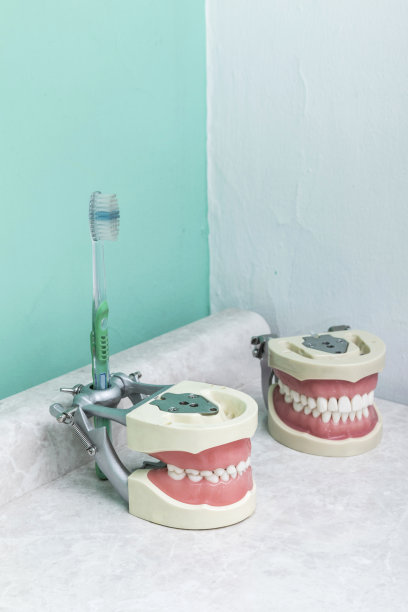Essential Guidelines and Precautions to Ensure a Safe and Effective Root Canal Treatment Procedure
Summary: Root canal treatment is crucial for preserving damaged teeth, yet it necessitates caution and adherence to best practices to ensure patient safety and treatment efficacy. This article outlines essential guidelines and precautions dentists must take, spanning thorough patient evaluation and diagnosis, appropriate use of anesthetics and sedatives, effective infection control measures, and meticulous post-treatment care. By addressing each aspect, we provide valuable insights for dental professionals, ensuring that every root canal procedure can be conducted safely and with a high probability of success.
1. Thorough Patient Evaluation and Diagnosis

The first step in a successful root canal treatment is a comprehensive patient evaluation. Dentists should begin with a detailed medical and dental history, assessing any conditions that might complicate the procedure, such as allergies, systemic diseases, or current medications. This step forms the foundation for tailoring the treatment approach to individual patient needs.
After gathering history, a thorough clinical examination is essential, including dental X-rays. Radiographs allow dentists to visualize the anatomy of the tooth, identify any pre-existing infections, and determine the extent of damage. Special attention should be given to the tooth’s root canals, their morphology, and any potential challenges that may arise during treatment.
Lastly, dentists should communicate clearly with patients about their findings. Patients must be informed about the proposed treatment plan, including benefits, risks, and expectations. This informed consent process is critical for building trust and ensuring that patients are mentally and emotionally prepared for the procedure.
2. Appropriate Use of Anesthetics and Sedatives
Administering the right anesthetics is vital for ensuring patient comfort during a root canal procedure. Dentists must select suitable local anesthesia based on the patients medical history and the complexity of the procedure. Novocaine or lidocaine are commonly used and should be administered in adequate dosages to achieve complete numbness of the affected area.
In cases where patients experience anxiety, or when extensive work is anticipated, sedation might be an effective adjunct to local anesthesia. Dentists should evaluate the patient’s anxiety levels and medical history before opting for sedative methods, which may include oral sedation or nitrous oxide. It’s crucial to monitor the patient throughout the treatment to ensure their safety and comfort.
Furthermore, dentists should be prepared to manage any potential allergic reactions or complications arising from anesthetic administration. Understanding the pharmacology of the drugs used and closely observing patients responses will ensure a safe experience for everyone involved.
3. Effective Infection Control Measures
Infection control is paramount to the success of a root canal treatment. Dentists must adhere to strict hygienic practices, which begin with proper handwashing and wearing protective gear, such as gloves and masks. Additionally, the dental workspace must be sterilized, and all reusable instruments should be autoclaved to eliminate microbial contamination.
During the procedure, maintaining an aseptic environment is crucial. The tooth being treated should be isolated using a rubber dam, which helps to prevent saliva from entering the treatment area and protects the patient from any dental materials used during the procedure. This barrier is an essential step in minimizing the risk of infection.
Moreover, the selection of appropriate intracanal medicaments is vital for controlling infections. Antibiotic preparations and irrigants like sodium hypochlorite should be employed to disinfect the canals adequately. These materials work synergistically to eradicate any bacteria present and promote the healing process.
4. Meticulous Post-Treatment Care
Post-treatment care is critical for ensuring a successful recovery following root canal therapy. Dentists should provide patients with clear instructions about pain management, which often involves over-the-counter pain relievers or prescribed medication. Patients should be informed about what to expect in terms of discomfort and healing timelines.
Monitoring the healing process is equally important. Dentists should schedule follow-up appointments to evaluate the treated tooth and assess any potential complications. It is essential to check for signs of reinfection, improper healing, or the need for further treatment, which ensures ongoing patient health.
Additionally, counseling patients on maintaining oral hygiene practices post-treatment will aid in preventing relapse and further dental issues. Emphasizing the importance of regular dental check-ups will also play a role in ensuring the longevity of the treated tooth.
Summary:
Understanding and implementing essential guidelines and precautions is vital for successful root canal treatment. From thorough evaluations and appropriate anesthetic usage to stringent infection control measures and diligent post-treatment care, each aspect plays a critical role in patient outcomes. By adhering to these protocols, dental professionals can enhance both safety and effectiveness.
This article is compiled by Vickong Dental and the content is for reference only.



